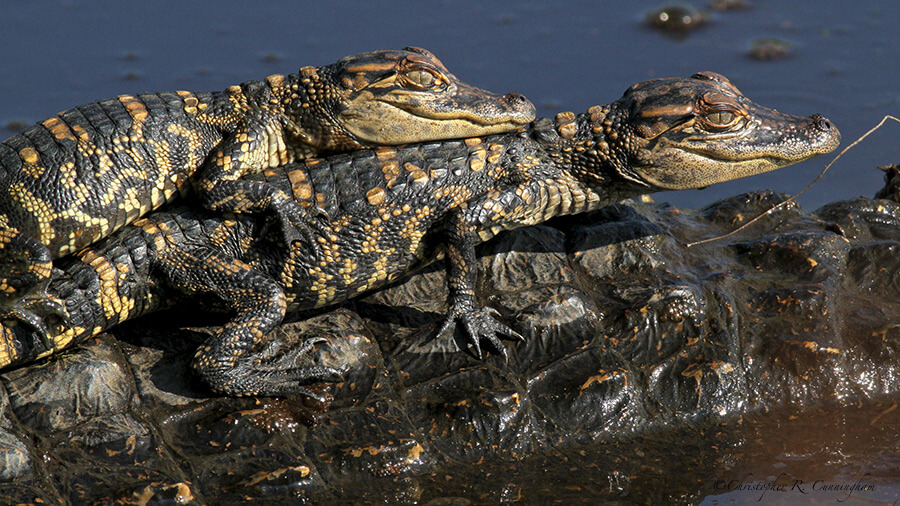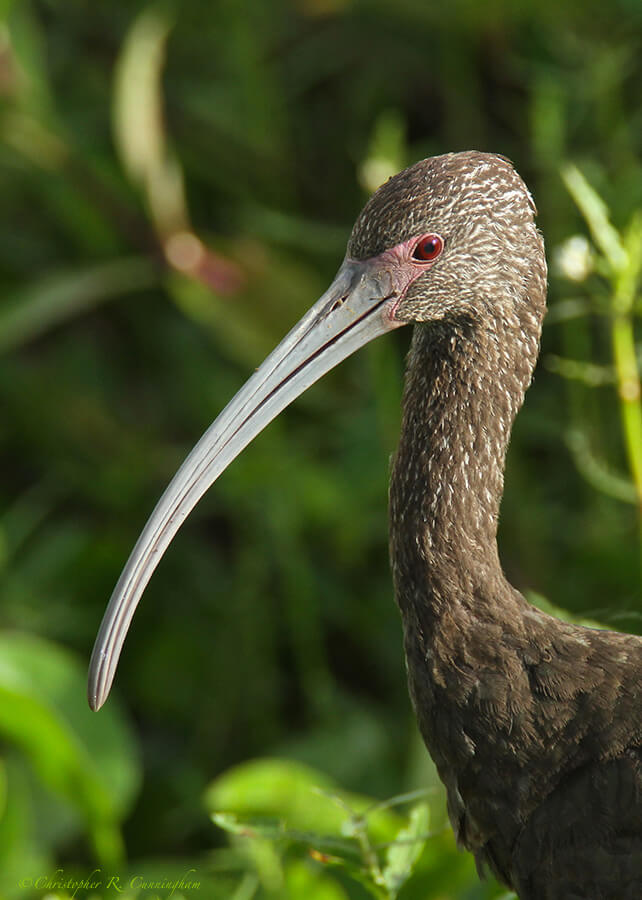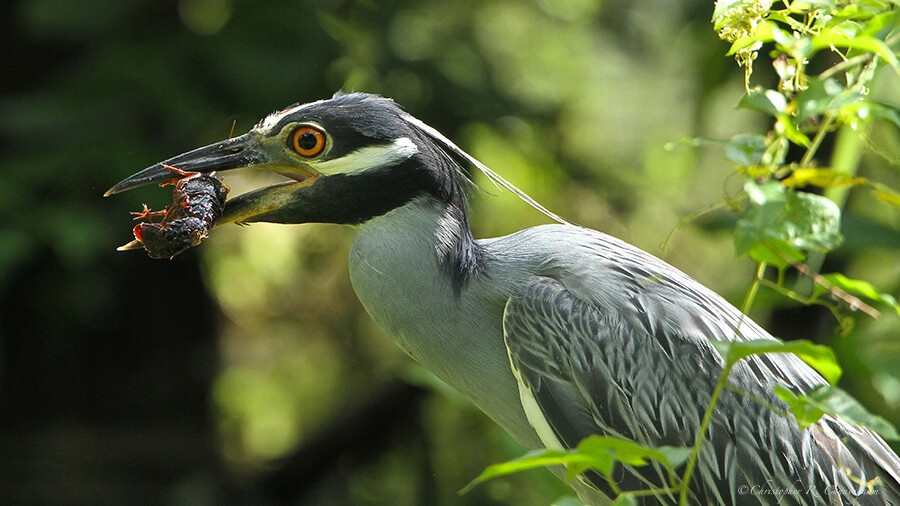
I feel incredibly lucky to have a wife who shares my passion for nature and bird photography: not only for companionship in the field, but for constructive criticism, technical help, and tolerance for acquisition of expensive pieces of equipment. One frustration of having a photographer partner, however, has been having to share the “big” lens.
Buying the 500mm f/4L IS two years ago was a life-altering experience for us. Before that, we had to share the 100-400mm f/4.5-5.6L IS: a nice lens, but nowhere in the same league as the 500mm in terms of autofocus speed, sharpness, image quality, and reach. With a 1.4x teleconverter (not to mention the 1.6x crop sensor EOS 7D) our new 500mm set-up really expanded our capabilities and started to land us some really nice results. No wonder this is such a popular combination of equipment among serious amateurs and professionals.
That said, the 500mm rig is heavy and awkward, especially with tripod, Wimberley gimbal, flash and “Better Beamer” flash extender attached. Lugging it through the brush can be exhausting, especially if there are low-hanging branches or tangled ground cover. It also attracts attention from the public who feel compelled to comment about the size of your “camera.”
To remedy the problem of having to share the 500mm, we recently acquired a used 600mm f/4 IS from B&H in New York. My first impression is that the 600mm is heavy, heavy, heavy. In fairness, it is only about 3 pounds heavier than the 500mm, 11.8 versus 8.5 pounds–but heavy enough to cause the tripod legs (Gitzo GT3541XLS) to slip when only tightened to minimum non-slip tightness for the 500mm. The 600mm is also physically larger–I would say chunkier and more ungainly. The carbon-fiber hood is much larger (I worry how it will behave in a significant wind). If you are not in good shape, these differences are significant–especially after about a four-plus mile hike, which is our typical outing. Furthermore, because the 600mm calls for the P-50 Wimberley lens plate for the gimbal, rather than the smaller P-40, the 600mm is much harder to carry the way I carry the 500mm set-up, namely with the top of the tripod resting on my shoulder. The P-50 digs into my shoulder. If I slide the lens backwards, it feels quite off-balance. I soon discovered that a folded handkerchief under the shoulder of my shirt makes a world of difference. On the second trip I figured out a way to position the 600mm set-up on my shoulder (with handkerchief) without causing pain–at least for about three hours.

My first impression optically of the 600mm is that the extra 140mm of reach (with 1.4x TC) really tests your technique, especially when exhausted, a bit shaky, sweat is burning your eyes, and deer flies are chewing on your face. My sense is that the 600mm focuses slightly faster than our 500mm (which is odd given that the 600mm has bigger elements to move), but I don’t have actual measurements, it just feels like it is faster. The depth of field for the 600mm is noticeably less than the 500mm, which is expected as depth of field is a function of object distance, f-stop, and focal length. This generally means shooting at higher f-stops and slower shutter speeds. I am already automatically nudging up the f-stop on the 600mm above what I would shoot on the 500mm: f/7.1 versus f/6.3 for small, relatively close birds, for example.
In some places we shoot some birds that are quite tolerant of humans, Brazos Bend State Park, for example. Juvenile little Blue Herons and Ibises, when they are focused on tasty frogs and crawfish will essentially ignore humans. They rarely will approach closer than the minimum focus distance (MFD) for the 500mm (14.8 ft.), though. Not so the 600mm (18.0 ft.). On several occasions I found myself having to back up to keep these birds in focus. After shooting with the 500mm for about two years, I more or less automatically and subconsciously adjust the object distance to be outside the MFD. I’m sure with practice my brain will adjust to the 600mm.
As of this writing (after four one-half days in the field), I have not encountered a situation where the 600mm is superior to what the 500mm would have produced. That being said, I also haven’t yet encountered a situation where the 600mm would really be expected to shine: where the subject is about 5-15 feet beyond the ideal distance for the 500mm. The 600mm reminds that photography is all about trade-offs and compromises and diminishing returns. For an extra 100mm of reach there is a large financial cost as well as a physical one. My favorite summer subjects are hunting waders, and I really expect that throughout the next few months many opportunities will arise (such as hunting waders on the other side of a bayou) that will convince me of the correctness of acquiring a 600mm rather than another 500mm lens. Time will tell.

©2013 Christopher R. Cunningham. All rights reserved. No text or images may be duplicated or distributed without permission.